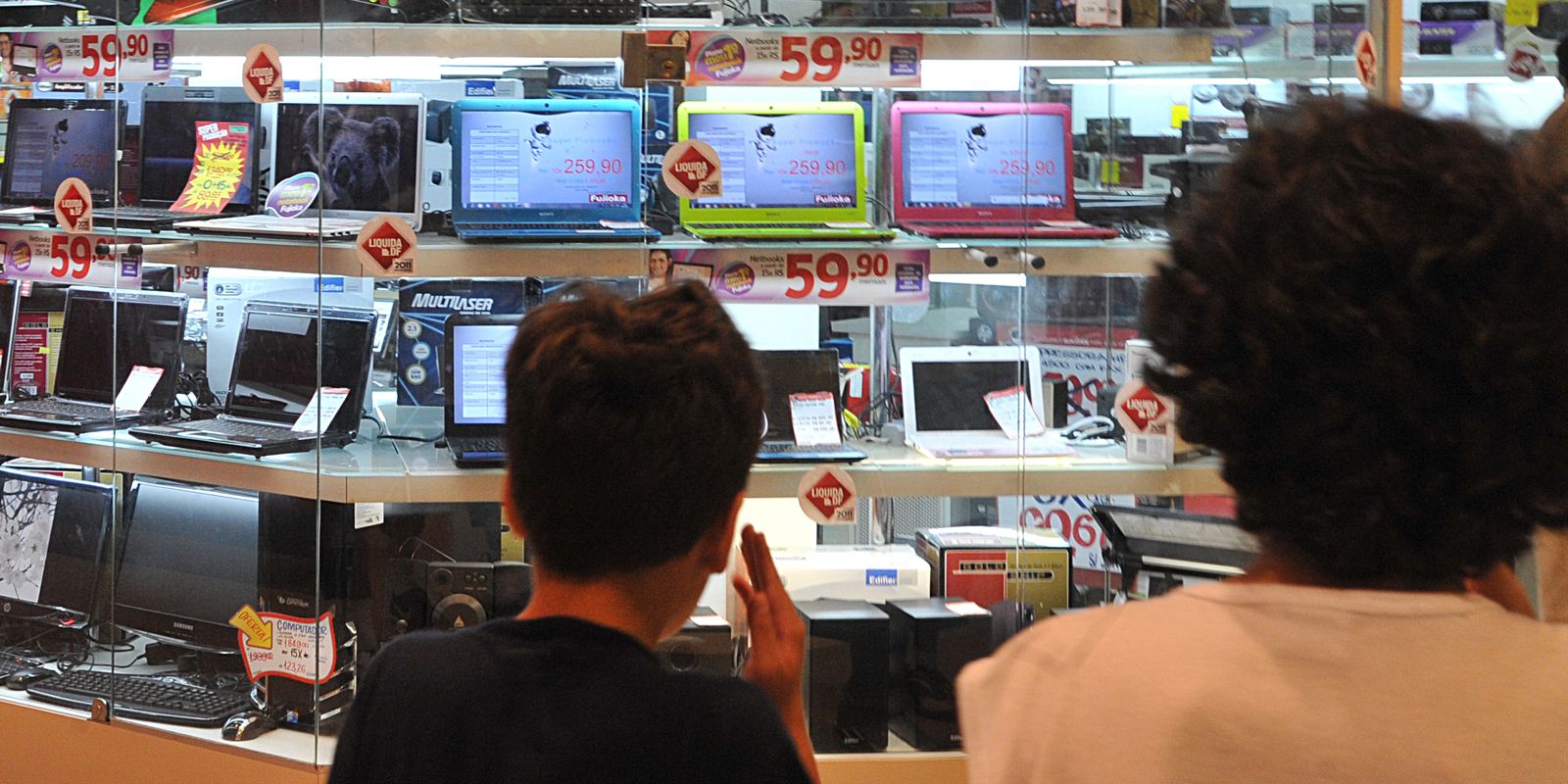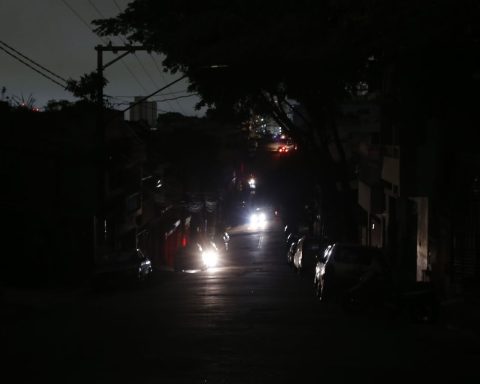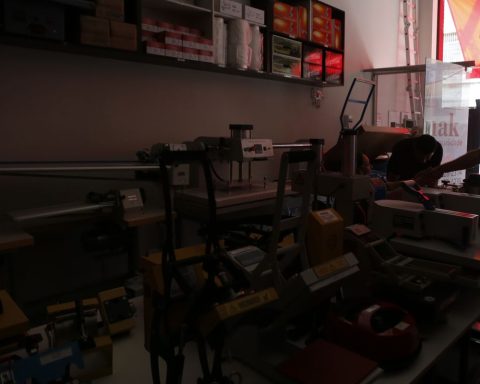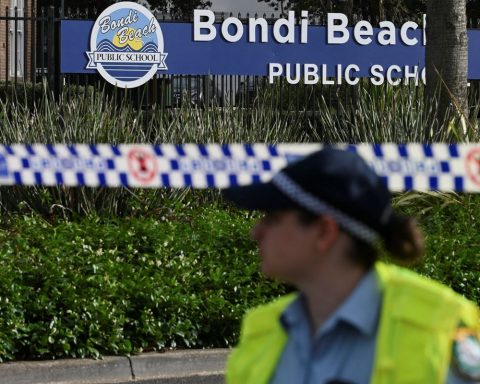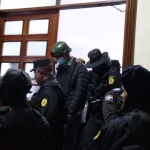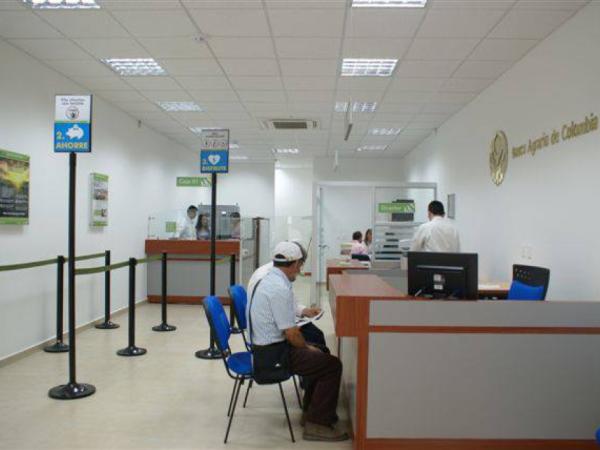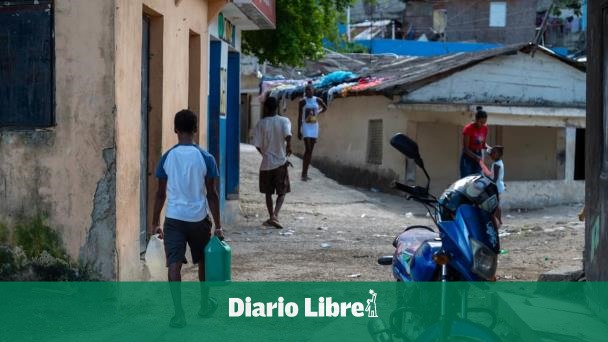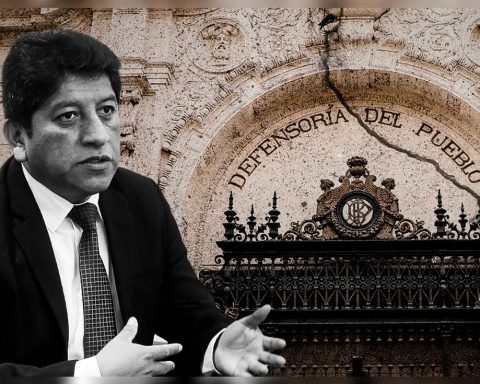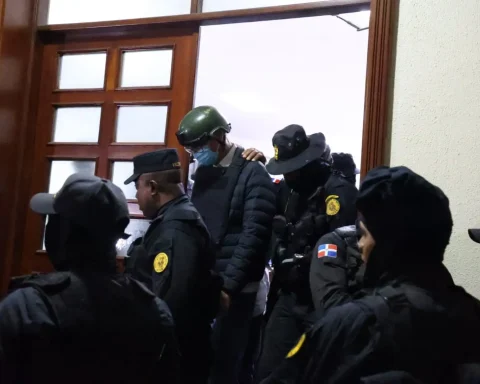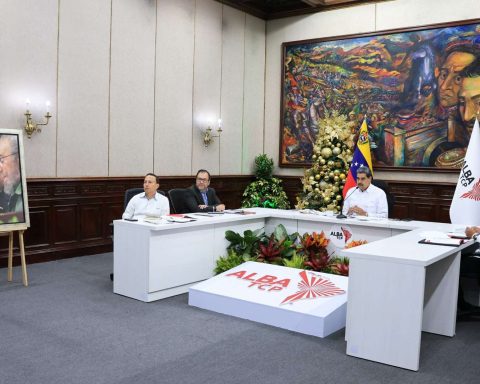Of the 16 locations in which the Brazilian Institute of Geography and Statistics (IBGE) researches prices to calculate the Broad National Consumer Price Index (IPCA), seven had inflation above the national average.
The IPCA – known as official inflation – closed 2024 at 4.83%, exceeding the target set by the government – of 4.5% – with a tolerance of 1.5 percentage points (pp) more or less.
São Luís, in Maranhão, had the highest rate last year – 6.51% -, 1.68 percentage points above the national average. According to IBGE analysts, the biggest price pressures in the capital of Maranhão were caused by the increase in gasoline (14.24%) and meat (16.01%).
Despite the greater variation, inflation in São Luís impacts less on the national average than that of regions such as São Paulo (5.01%), Belo Horizonte (5.96%) and Rio de Janeiro (4.69%).
The explanation lies in the weight that each location has in the general IPCA. The impact is calculated considering the variation and weight of the region. São Paulo accounts for almost a third (32.28%) of the national weight, followed by Belo Horizonte (9.69%) and Rio de Janeiro (9.43%).
The metropolitan region of Porto Alegre had the lowest inflation in 2024 (3.57%), influenced by the decline in the prices of onions (-42.47%), tomatoes (-38.58%) and airline tickets (-16. 94%).
The IPCA calculates the cost of living for families with income between one and 40 minimum wages. Price collection is carried out in Belém, Fortaleza, Recife, Salvador, Belo Horizonte, Vitória, Rio de Janeiro, São Paulo, Curitiba, Porto Alegre, Distrito Federal, Goiânia, Campo Grande, Rio Branco, São Luís and Aracaju.
Percentages by cities
See the 2024 inflation in the cities surveyed by IBGE:
São Luís: 6.51%
Belo Horizonte: 5.96%
Goiânia: 5.56%
Campo Grande: 5.06%
São Paulo: 5.01%
Fortaleza: 4.92%
Rio Branco: 4.91%
Aracaju: 4.81%
Belém: 4.70%
Rio de Janeiro: 4.69%
Salvador: 4.68%
Curitiba: 4.43%
Recife: 4.36%
Victory: 4.26%
Brasilia: 3.93%
Porto Alegre: 3.57%
